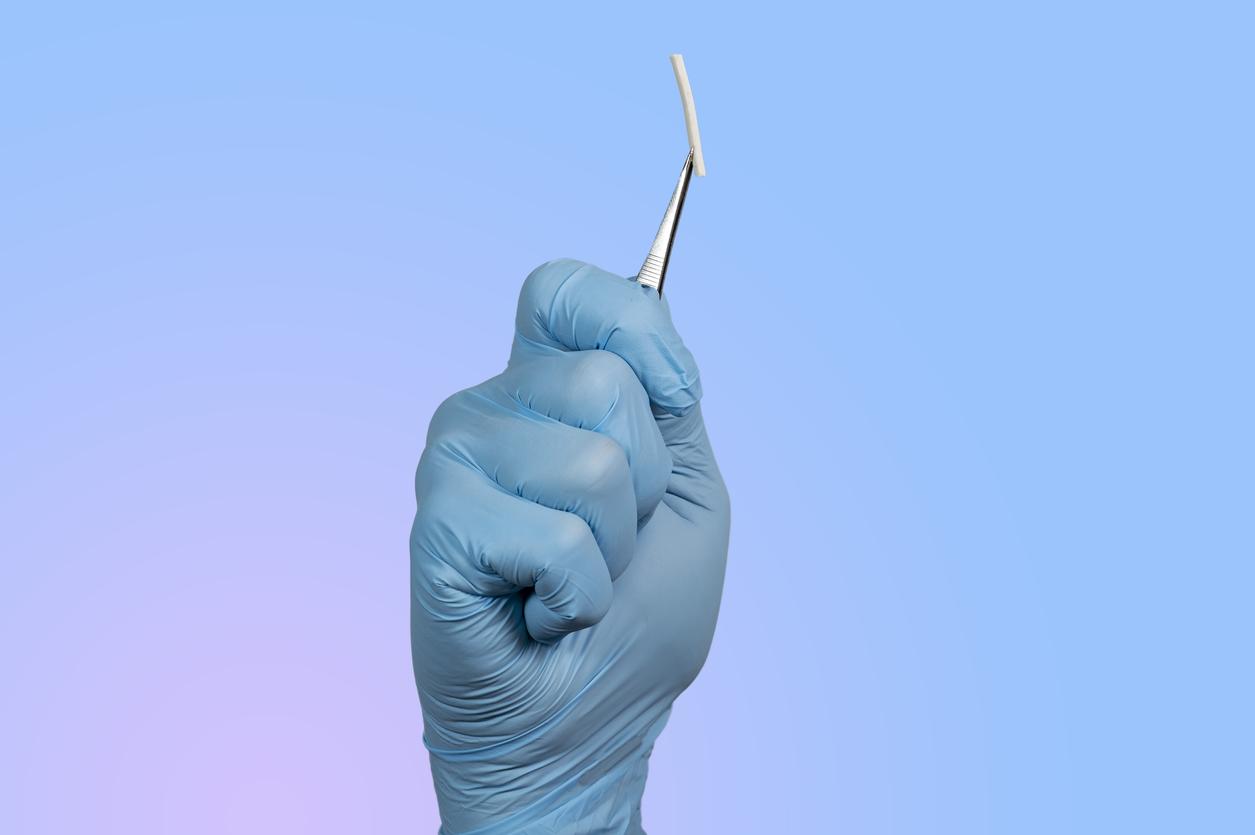An implant used as contraception migrated to the heart of a 22-year-old patient.

- A 22-year-old Australian woman had symptoms including heart palpitations, heavy bleeding, vomiting and heartburn.
- They were due to the migration of her contraceptive implant into the pulmonary arteries of her heart.
- The risk of migration of the implant, particularly into the pulmonary artery, is known to health authorities.
Heartburn, heavy bleeding, vomiting, heart palpitations… When Cloe Westerway suffered from these symptoms after a contraceptive implant in her arm stopped working, she was far from imagining the real reason.
The contraceptive implant migrated into his heart
The 22-year-old Australian thought that these ailments were linked to the simple fact of having had this implant placed in her arm. But when the doctors tried to take it away… It was gone. Health professionals therefore did several tests to see where the implant was.
Eventually, they discovered that the four-centimeter object had moved through the patient’s body and was now in the pulmonary arteries of her heart.
“The doctors were absolutely shocked, explains Cloe Westerway to the media The Sun. They didn’t know what to do or say, or how they were going to fix this. They told me this had never happened before. I was totally lost for words and absolutely terrified. (…) Looking back, I realize that I never really felt him in my arm. So obviously it wasn’t implanted correctly.”
Migration of the implant towards the heart, a known risk
The contraceptive implant in question is called Nexplannon. According to the National Agency for the Safety of Medicines and Health Products (ANSM)the risk of migration of this implant, particularly into the pulmonary artery, is known.
“The exact cause of these migrations has not yet been identified. specifies the health authority. One cause could be too deep insertion at the time of placement, leading to the implant being positioned directly in a blood vessel. Another hypothesis would be that migration occurs at a distance from the pose, following a shock or the repetition of certain movements. An anatomical particularity is also not excluded.”
In June 2019, the Medicines and Healthcare products Regulatory Agency (MHRA), an arm of the UK Minister of Health, recorded 126 reports of implant migration.
“Among these reports, 18 mention migration to the lungs, can we read in a communicated. Worldwide, a total of 107 cases of migration to the pulmonary artery and lung have been identified by the Marketing Authorization Holder since the launch of Nexplanon.“
The patient must now have open heart surgery to remove the object, with a week of hospitalization and six to eight weeks off work.
















